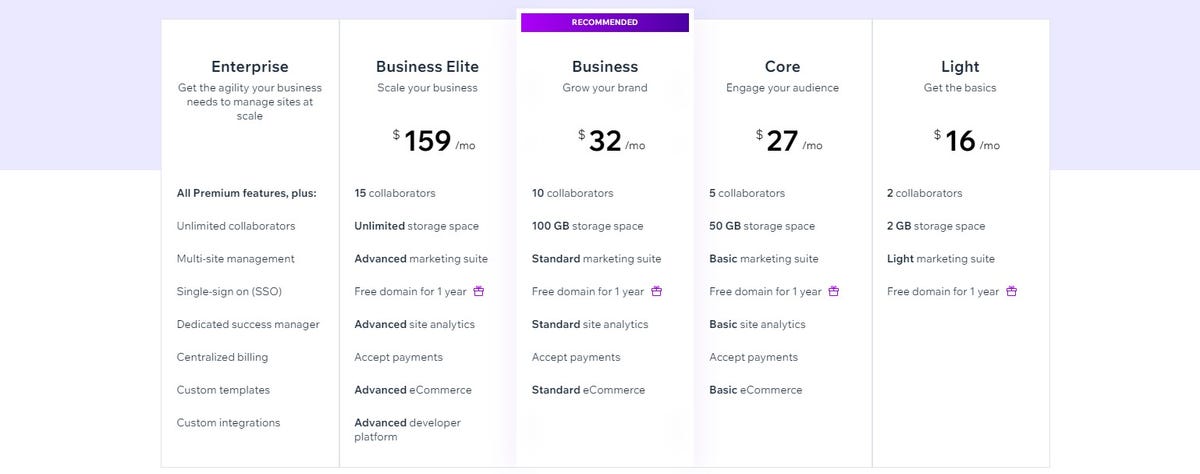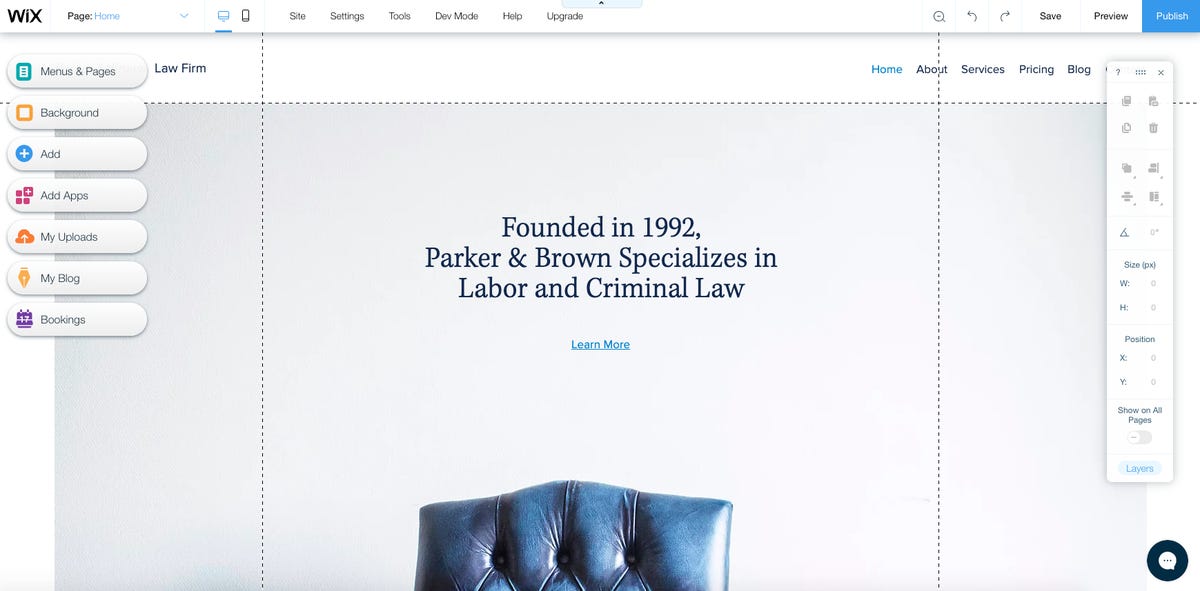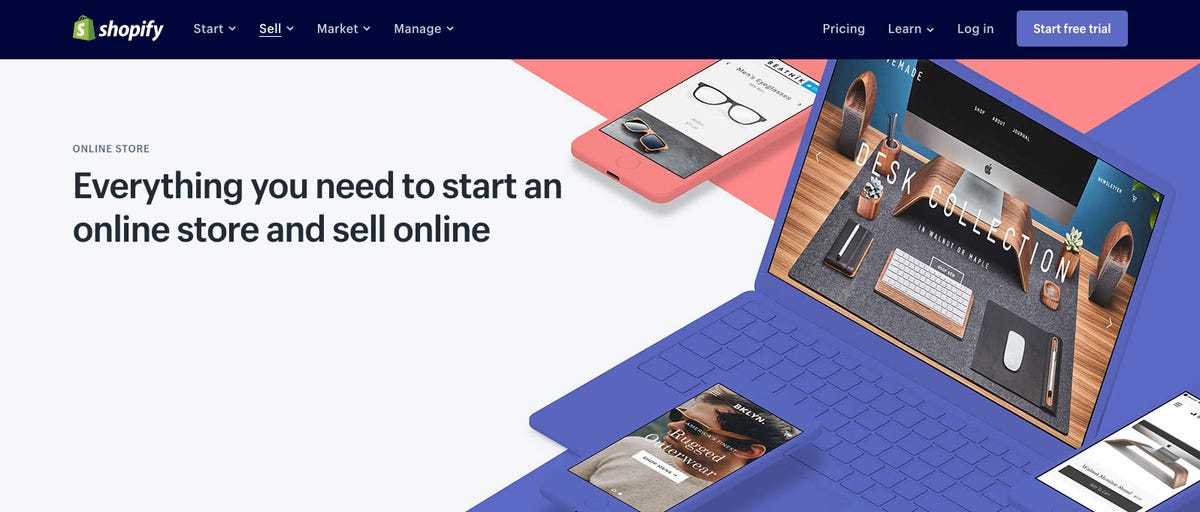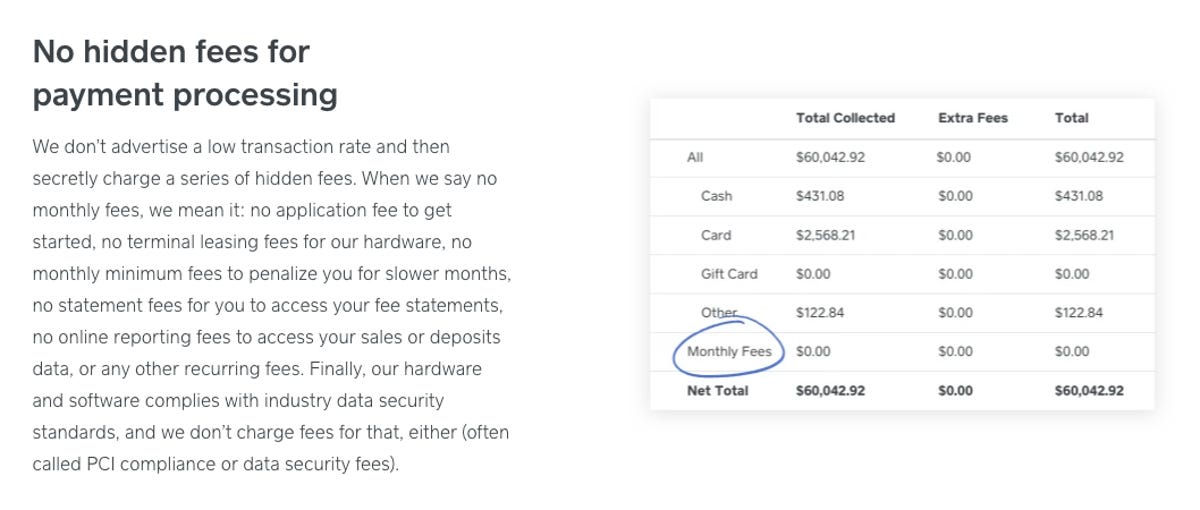If you have a business, you need a website. Needing a website used to mean needing a professional coder to create one for you, but now the process has been simplified. Professional websites can be built on your own with the help of services like Squarespace, Wix and Weebly. These sites help you build a sleek site that can either just have the basic features or even add some more features like email marketing and e-commerce.
Choosing the best website builder depends on your specific needs. There are many options, so it can be a lot of work to comb through all the free providers for a simple website and all of the e-commerce website builders if you want a more sophisticated business website. The complexity and growth of the website building industry means you have more choices than ever before and you can easily find the best website builder tailored to your wants and needs.
A few favorites have indeed emerged, and those are usually a good place to start, but even the front-runners aren’t ideally suited for every scenario. To simplify it, we’ve laid out all the information you need to make a good decision on the best website builder so that you can get to the fun part of designing your own professional website for yourself or your small business. We considered whether the builder offers a solid customization option, e-commerce tools, marketing tools and an SEO tool. We also looked at the company’s customer support quality and e-commerce functionality.
Best website builders compared
| Free trial? | Starting price* | ||
|---|---|---|---|
| Best overall website builder (and best for free) | Wix | free plan option | $17 a month |
| Best prepackaged design | Squarespace | 14 days | $25 a month |
| Easiest to use | Weebly | free plan option | $13 a month |
| Most customizable | Duda | 14 days | $19 a month |
| Best no-frills option | GoDaddy | free plan option | $11 a month |
| Best for writers and bloggers | WordPress | free plan option | $15 a month |
| Best for basic e-commerce | Shopify | 14 days | $39 a month |
| Best for bigger stores | BigCommerce | 15 days | $39 a month |
*The starting price doesn’t include cheaper plans if they are ad-supported. Some vendors offer free domain hosting for the first year on some plans as well.
To compile this list, we researched the plans, prices and features of over 12 different website builders and scoured reviews from several sites (including PCMag, Wirecutter, SiteBuilderReport, WebsiteToolTester, WPBeginner and more) to see where there might be any consensus. We also surveyed the CNET staff and ultimately spent time building some test sites using the tools below (if we weren’t already members). We paid particular attention to the categories that not only differentiate one site from another, but that actually matter to business owners, artists and creators such as SEO features, creative cloud, mobile-friendly website builders, available plugins, live chat options, e-commerce features, pricing plan and customer support.
If you’re still not sure which direction to go with your web builder by the end of this list, we’ve included a guide at the bottom, including key questions you should be asking yourself as you start your online venture. Finally, if you already have a basic website and just need a host or you’re interested in building a self-hosted WordPress site, check out our list of best web hosting services and our list of the best WordPress hosting services.
Jump to: How to choose the best website builder
Best website builders of 2024
How to choose the best website builder

Given the wealth of options and the fact that many website builders don’t allow you to pick up and move later on, it’s important to enter the fray with a clear idea of what you need. By first establishing your priorities and direction, it will be easier to find a match for the best website builder and avoid buyer’s remorse down the road.
In terms of pricing, most builders offer two to four different price tiers, each with a different set of features. This can make comparing services difficult since they don’t make it easy to evaluate side-by-side, but that’s a big reason why we’ve created this handy guide.
Generally speaking, you can get a good individual website built for around $10 to $20 a month with an annual subscription. Most e-commerce plans range between $25 to $35 per month and if you need an enterprise-style plan with multiple editors and VIP-level support, prices can go up to $400 per month for a premium plan.
Storage and bandwidth are usually unlimited, but there are exceptions like Wix, which scales its storage capacity according to the plan tier. Even its lowest tier plan has a decent amount (2GB of storage and unlimited bandwidth).
After the big questions like price and storage, finding the best website builder all comes down to what you’re looking for. Below are some guiding questions to help ensure you’re ready to shop like an expert and find the best website builder for your needs.
What is the purpose of your site?

Your first step should be to determine the primary goal of your web presence. Do you want to sell a product? Attract potential customers for your services?Build a portfolio page?
By first establishing your raison d’etre, you’ll be able to prioritize the tools, plugins and capabilities you want in your builder and not get pulled off track by a fancy add-on that isn’t actually helping you achieve your goal. If you’re primarily interested in racking up sales, start by looking at e-commerce specialists, like Shopify and BigCommerce.If you’re a photographer or web designer who wants a beautiful website or portfolio website, Wix and Squarespace are good places to start. Wix might edge Squarespace if you want more control over the design, while Squarespace might be better if you just want a stylish frame for your work.
If you just want something easy to use, Weebly and GoDaddy both offer intuitive builders, with Weebly offering more features and design finesse, while GoDaddy is much simpler and more limited. If you’re setting up a site or store and you want to present a customized experience to users, or if you have something specific in mind for the mobile version of your site, Duda offers the most customization capabilities. If you need both website building and hosting from one provider, then Webflow is the best and no coding knowledge is required for web design. If you’re a wordsmith who can’t be bothered by design decisions and fancy editors, WordPress can help you get your blog up and offers good ways to reach your readers.
How much time do you want to invest in building your website?
This obviously will vary depending on a number of factors, not the least of which is how clear of a design vision you have and whether you have experience building a website. That being said, each site builder has pros and cons when it comes to the level of usability or ease of use based on the features, flexibility and intuitive design of the editing interface.On one end of the spectrum, you have a builder like Wix, which is very easy to use but also comprehensive — the sheer number of options and tools makes it hard to whip up a site quickly. On the other end, you have a builder like WordPress or GoDaddy, each of which doesn’t provide you with a ton of options when building your pages.
Most people will want to devote enough time to their site that it serves its purpose of representing you online in a good light, so we generally recommend you take the time to learn your editor and take advantage of the many options available.
How much design control do you want?

This goes hand-in-hand with time investment, since the more control you have, the more choices you have to make. There are builders like Squarespace that have a fairly rigid design structure, but still let you customize fonts, colors and content. On the other end of the spectrum, you have a site like Wix, which lets you place objects anywhere on your site (at your own risk!), or Duda, which allows you to create custom user experiences based on browsing history.
How big is your site?
Certain editors are more geared toward large site structures (40-plus pages) than others, so it’s important to know whether you will have a ton of pages and sections, or whether it’s more in the realm of a glamorized digital business card or fancy work portfolio.
The number of navigation levels, for example (which you can think of like file folders (or Inception): a page within a directory within another directory would represent three levels of navigation), can be an important consideration. Most pages probably use two levels — sections and the pages within each section, but online stores and other types of sites might need more. Weebly and BigCommerce are probably the best examples of builders that support large site structures, while Squarespace and Wix limit you to two levels of navigation.
How important is e-commerce?

Every builder we researched has an e-commerce option available, but that doesn’t mean that they’re all up to the task. A site like WordPress isn’t really what you want if your plan is to sell products online, while a site like Shopify or BigCommerce is expressly focused on online sales and has lots of e-commerce features. If you really just want to have a clean and easy-to-use online storefront, one of the dedicated e-commerce builders makes the most sense, but if it’s more of an ancillary service or simply nice to have, you can go with the builder that feels the best and sign up for its e-commerce option. There are even builders like Duda, which allow you to sell up to 10 products for free using another plan.
How big is your sales operation?

Transaction fees: While we’re not small business owners, we do like math and this variable struck us as particularly important. If you sell $10,000 of products in a month with a 3% vendor processing fee, you’re spending an extra $300 every month. If you’re paying your website host an extra 1% to 3%, that’s another $100 to $300.Those numbers greatly eclipse the monthly rate you’re paying and add up even more if you’re selling significantly more. Before you choose a builder, make sure you read the fine print about transaction fees.
Many builders don’t charge on top of the Square or PayPal rate (usually 3%), but some do. Shopify charges extra if you don’t use Shopify Payments, but if you do use its services, you can get a rate below 3%. Then there are sites like BigCommerce, which doesn’t charge extra but has sales limits for each plan.
We know you’re a smart and savvy business owner who pays close attention to the books, but we thought it would still help to remind you to do the math before signing up.
How flexible do you want to be with the host?
As we mentioned at the top, many builders lock you into their hosting service, but not all. If you’re afraid of commitment or think you might want to switch as your business or services evolve, go with a service like Weebly or Duda that allows you to download your website files for easy use on another host.
The other big factor here is the free trial period. The industry standard is around 14 days, but some go up to a month. Others don’t have a trial period but will give you your money back within 30 days if you’re not happy.
